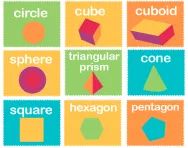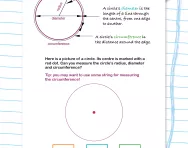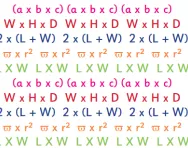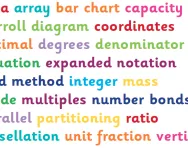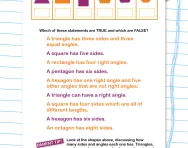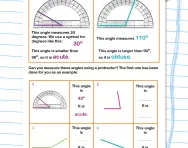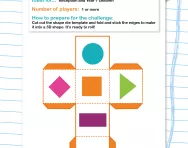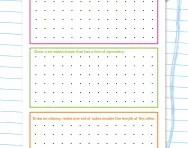TheSchoolRun.com closure date
As we informed you a few months ago, TheSchoolRun has had to make the difficult decision to close due to financial pressures and the company has now ceased trading. We had hoped to keep our content available through a partnership with another educational provider, but this provider has since withdrawn from the agreement.
As a result, we now have to permanently close TheSchoolRun.com. However, to give subscribers time to download any content they’d like to keep, we will keep the website open until 31st July 2025. After this date, the site will be taken down and there will be no further access to any resources. We strongly encourage you to download and save any resources you think you may want to use in the future.
In particular, we suggest downloading:
- Learning packs
- All the worksheets from the 11+ programme, if you are following this with your child
- Complete Learning Journey programmes (the packs below include all 40 worksheets for each programme)
You should already have received 16 primary school eBooks (worth £108.84) to download and keep. If you haven’t received these, please contact us at [email protected] before 31st July 2025, and we will send them to you.
We are very sorry that there is no way to continue offering access to resources and sincerely apologise for the inconvenience caused.
What are the parts of a circle?
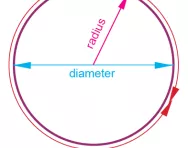
What is a circle?
A circle is a 2D curved shape, every point of which is the same distance from a fixed point in the centre.

When do children learn about circles in primary school?
In Year 2, children start to look at 3D shapes and will be asked to recognise 2D shapes on these. For example, they will be asked to say how many circular faces they can see on a cylinder (there are two):
At the end of KS2, in Year 6, children will be asked to illustrate and name parts of circles, including radius, diameter and circumference.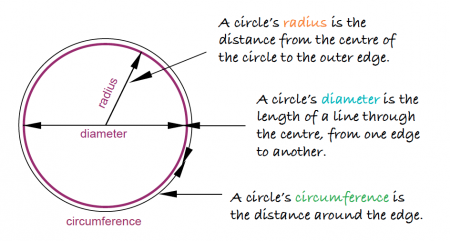
What is the circumference of a circle?
The circumference is the measurement all the way around the outside edge of a circle.
What is the radius of a circle?
The radius is the distance from the centre of the circle to the edge of the circle.
What is the diameter of a circle?
The diameter is the straight line going through the centre of a circle, connecting two points on the circumference.
Y6 children may be given various circles and asked to measure their circumference (using string), radius and diameter.
They will learn that the diameter of a circle is twice the radius and may be introduced to the formulae to help them calculate the circumference of a circle (2 x π x r) and the area of a circle (π x r²).


